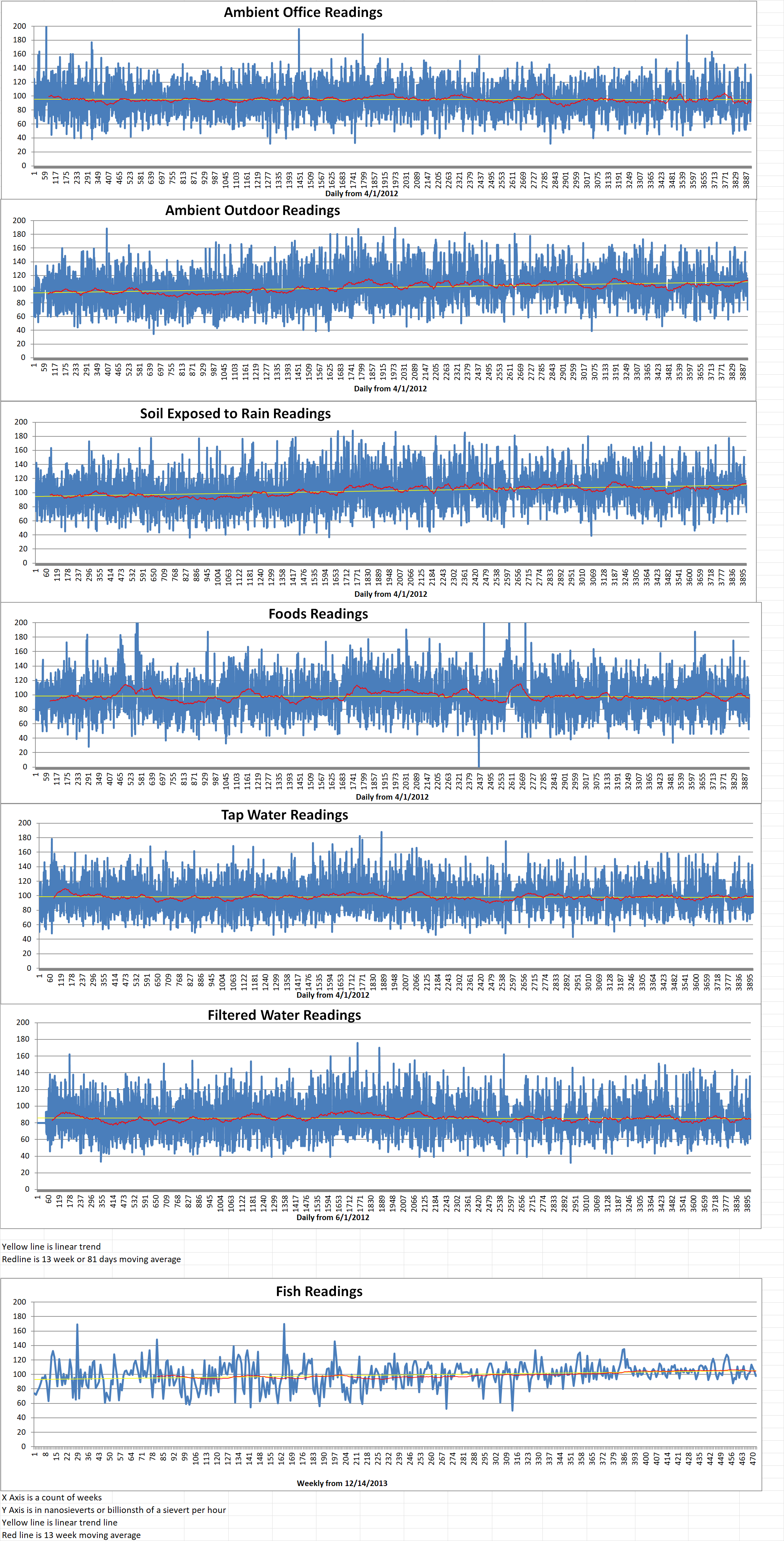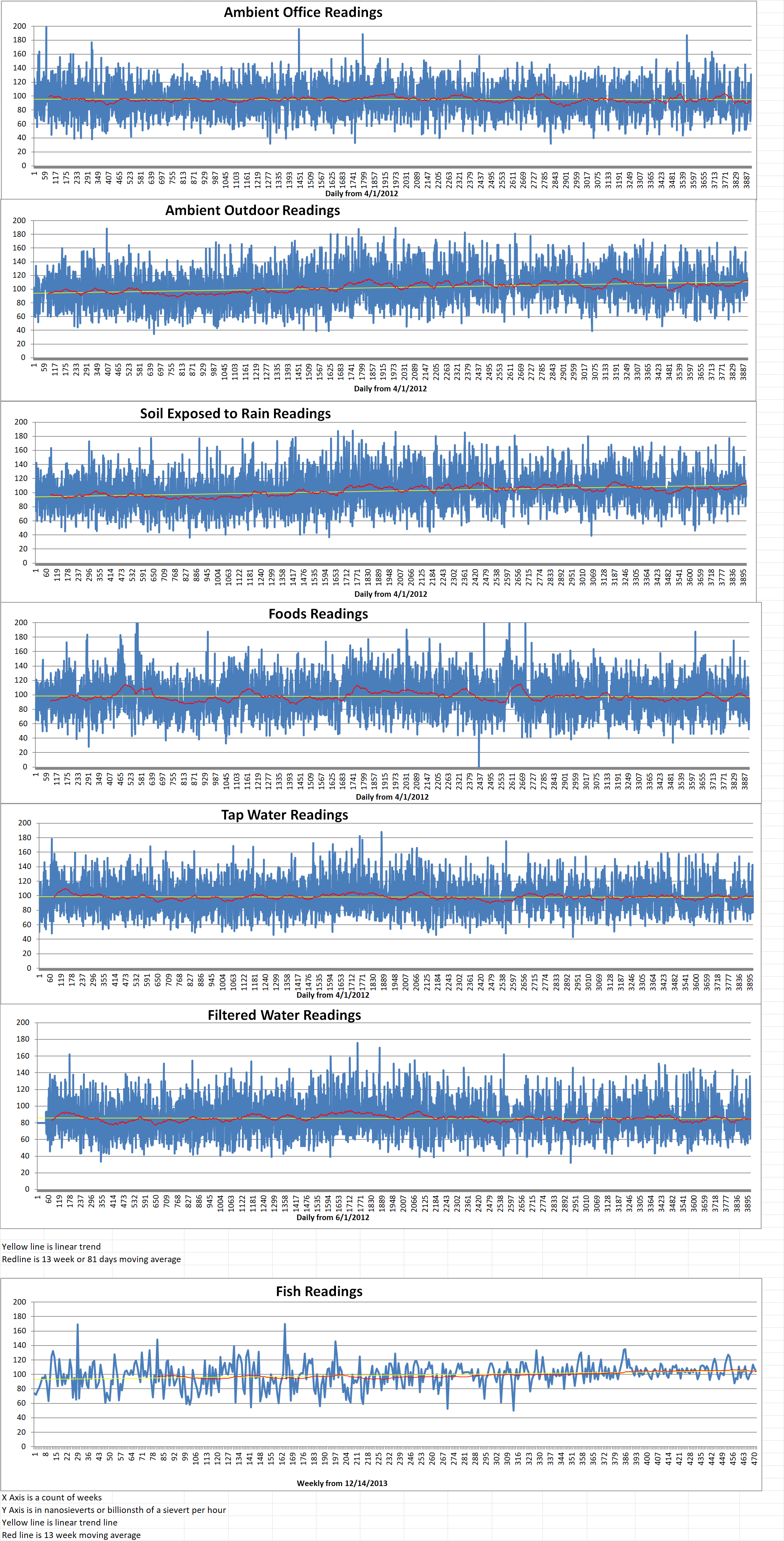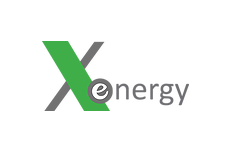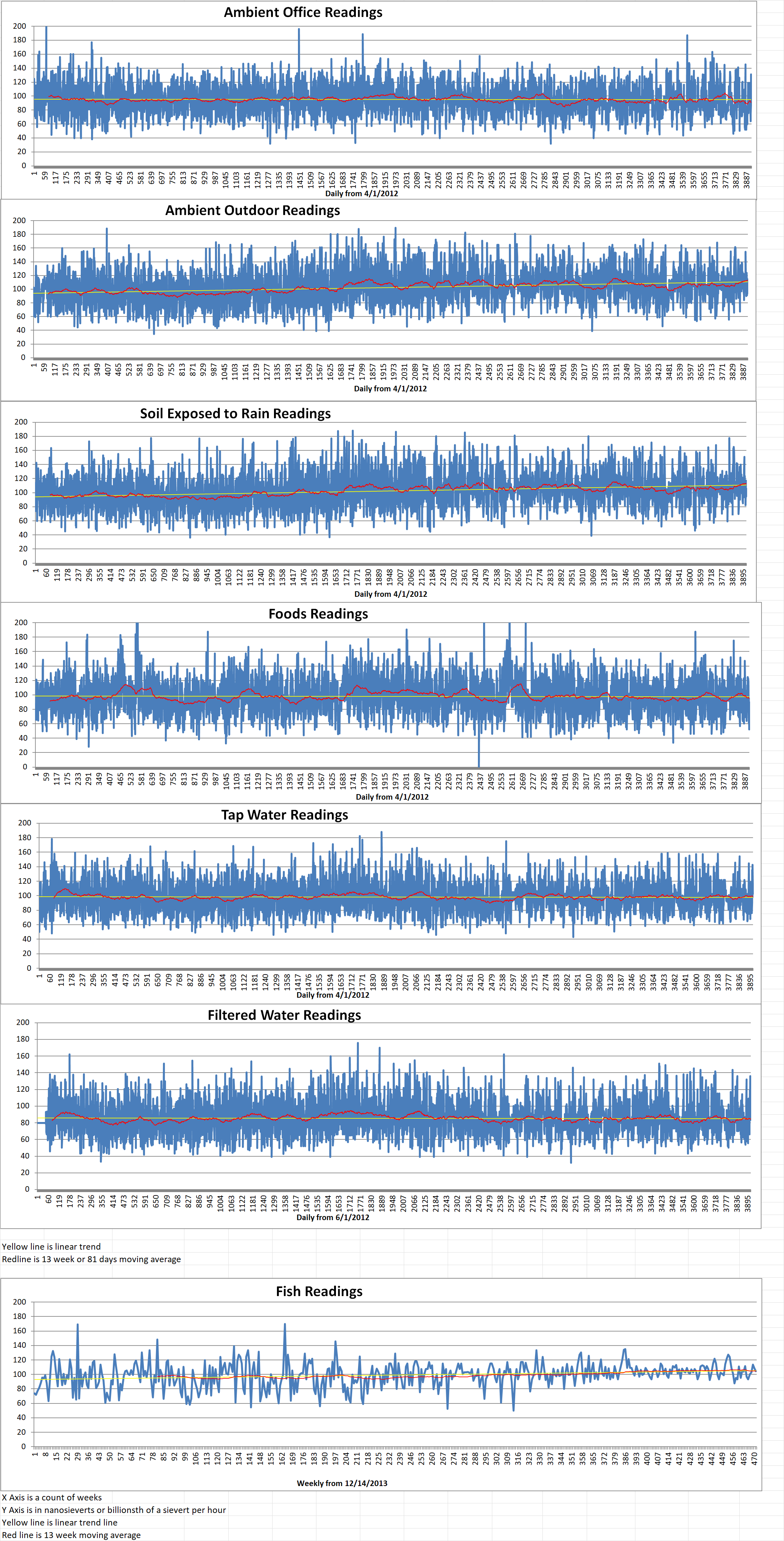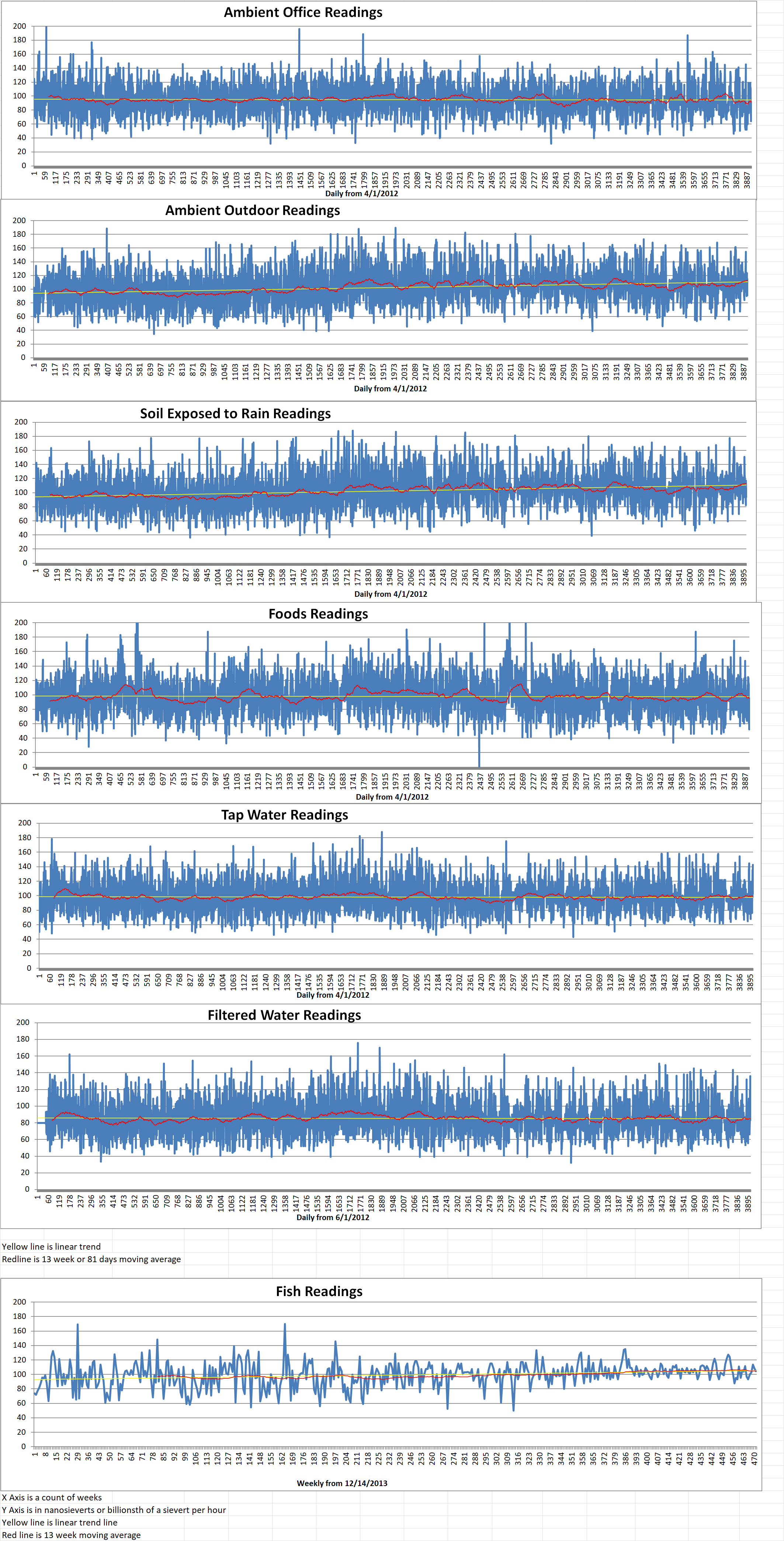Xcel Energy Inc. is a U.S. regulated electric utility and natural gas delivery company based in Minneapolis, Minnesota, serving more than three million seven hundred thousand electric customers and two million natural gas customers across parts of eight states (Colorado, Minnesota, Wisconsin, Michigan, North Dakota, South Dakota, Texas and New Mexico).
Xcel owns and operates the Monticello nuclear power plant in Monticello, Minnesota. The site, which began operating in 1971, has a single nuclear reactor (boiling water reactor) of the General Electric BWR-3 design generating 613 megawatts,
Xcel Energy has reported that about four hundred thousand gallons of water which contains radioactive tritium leaked from a water pipe running between two building at its Monticello facility. Xcel said it is monitoring groundwater from two dozen wells in the area.
Tritium is a radioactive form of hydrogen with two neutrons in the nucleus. It is a byproduct of producing electricity at nuclear power plants, according to the Minnesota Pollution Control Agency (MPCA).
Kirk Koudelka is a MPCA assistant commissioner for land and strategic initiatives. He said, “Our top priority is protecting residents and the environment, and the MPCA is working closely with other state agencies to oversee Xcel Energy’s monitoring data and cleanup activities. We are working to ensure this cleanup is concluded as thoroughly as possible with minimal or no risk to drinking water supplies.”
When the leak was detected, the facility diverted water to an in-plant water treatment system to contain it and prevent additional water from leaving the plant. The MPCAS added that the leak has stopped. The contaminated water has not reached the Mississippi or contaminated drinking water sources.
The MPCA said in a press release on Thursday that “There is no evidence at this time to indicate a risk to any drinking water wells in the vicinity of the plant.”
Xcel Energy said that it completed a thorough inspection of all piping at the plant. It determined that no other areas of the facility are of concern. It will also be examining the pipe that leaked in the laboratory to determine why it happened.
The contaminated water is contained in the grounds of the plant. It has not been detected beyond the facility or any local drinking water. Xcel is continuing to monitor groundwater from over two dozen wells on-site.
An estimated twenty five percent of the leaked tritium water has been recovered. More of the water will be recovered over the course of next year. Xcel is considering options to store the recovered contaminated water. They are considering building above-ground storage tanks or a retention pool. Any new construction will be reviewed by the state agencies.
Chris Clark is the President of Xcel Energy–Minnesota, North Dakota and South Dakota. He said in a statement, “We have taken comprehensive measures to address this situation on-site at the plant. While this leak does not pose a risk to the public or the environment, we take this very seriously and are working to safely address the situation.”
The MPCA is monitoring Xcel’s process of cleaning up the leak in coordination with the Minnesota Department of Health, and the Minnesota Department of Natural Resources.

